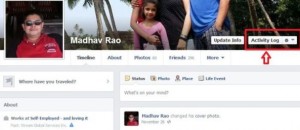Okay, okay – technically speaking, you can legally take source code from a GNU GPLv2 licensed software (with various stipulations of course such as keeping the license of the new product as GNU GPLv2 and providing the source code) so code taken from a GNU GPLv2 software is not necessarily “stealing”. But hey, if I called it “borrowed” would you have clicked on the title to read this post? =P.
So, why am I mentioning all this? Because Microsoft has pulled their new Windows 7 USB/DVD Download Tool, aka Windows 7 netbook installer, because of allegations that WUDT (Windows 7 USB/DVD Download Tool) contained code from ImageMaster, a GNU GPLv2 licensed open source software. At his blog Within Windows, Rafael Rivera Jr. reports:
While poking through the UDF-related internals of the Windows 7 USB/DVD Download Tool, I had a weird feeling there was just wayyyyyyyyy too much code in there for such a simple tool. A simple search of some method names and properties, gleaned from Reflector’s output, revealed the source code was obviously lifted from the CodePlex-hosted (yikes) GPLv2-licensed ImageMaster project. (The author of the code was not contacted by Microsoft.)
Now as I already mentioned, the issue is not really the fact that Microsoft took code from ImageMaster. The source code of open source software are there, after all, to be used and improved upon. The problem is rather, if Microsoft did in fact take the code from ImageMaster, as far as I can tell Microsoft did not abid by the conditions set by the GPLv2 license which says if you use the code of a GPLv2 licensed software, you must
- Keep the license of the resulting software as GLPv2 also;
- Provide the source code for the resulting software.
Yikes indeed. I bet Google is going to have a really nice Thanksgiving this year, haha. What are everyone’s thoughts on the matter? Feel free to express below.
[via PCMag]
Thanks Samuel!

 Email article
Email article
